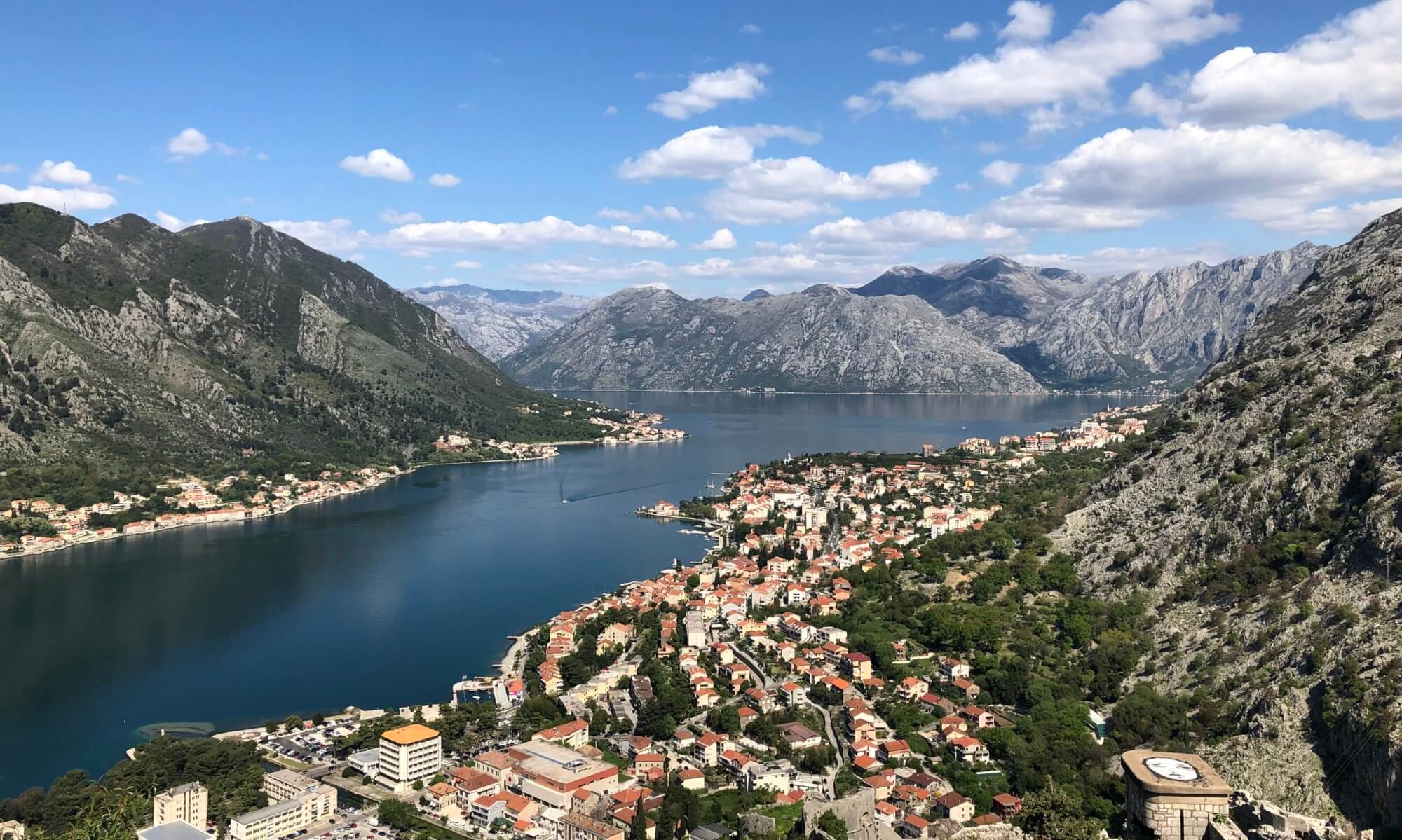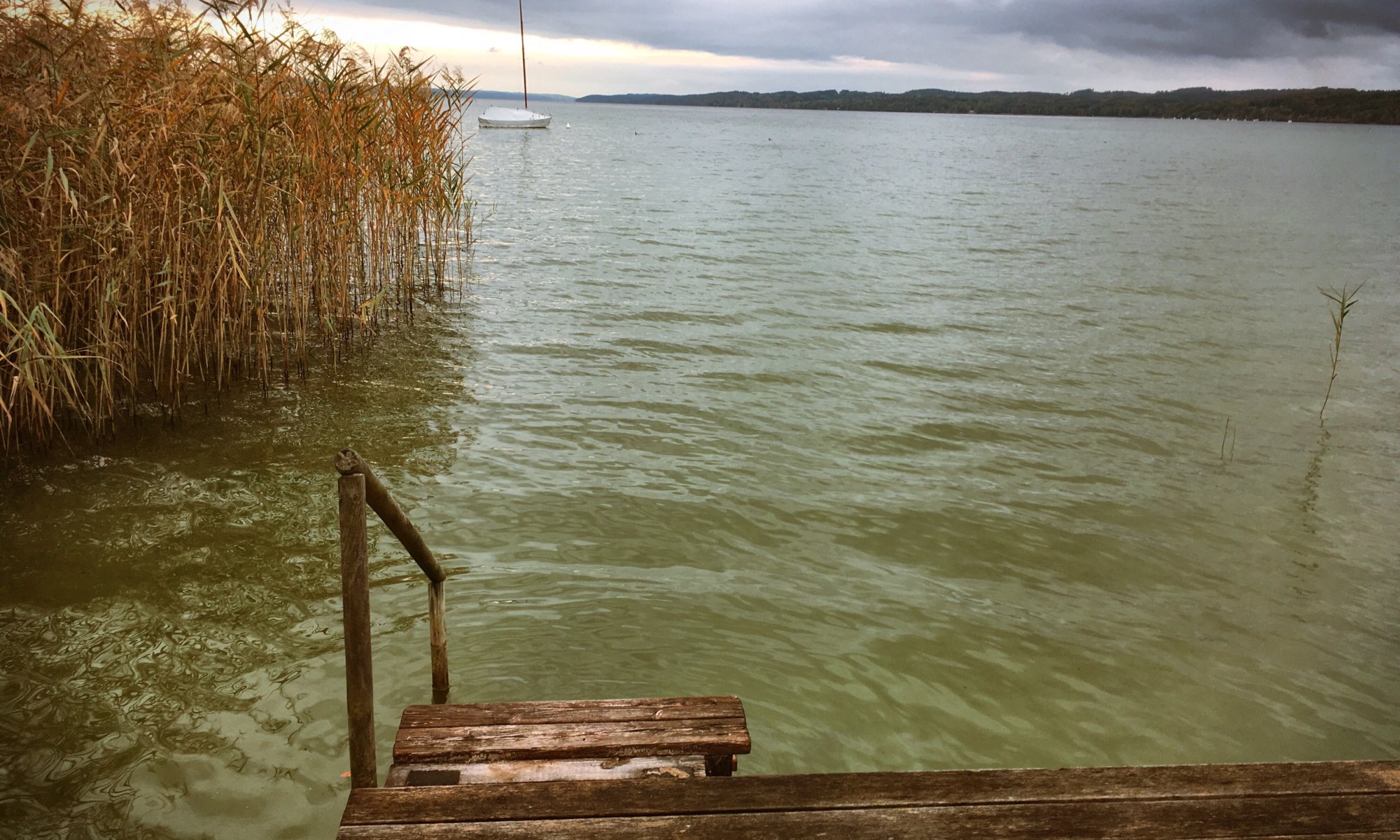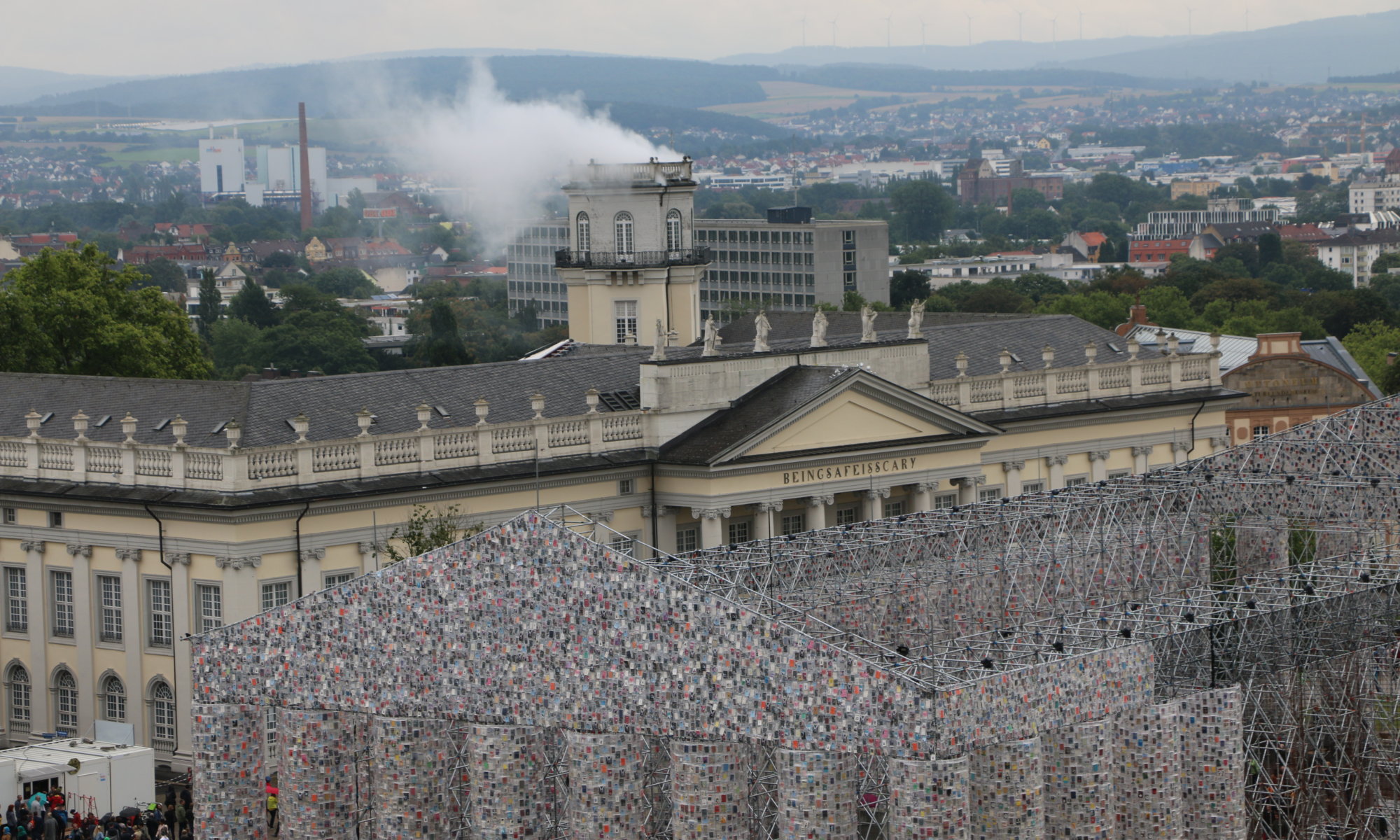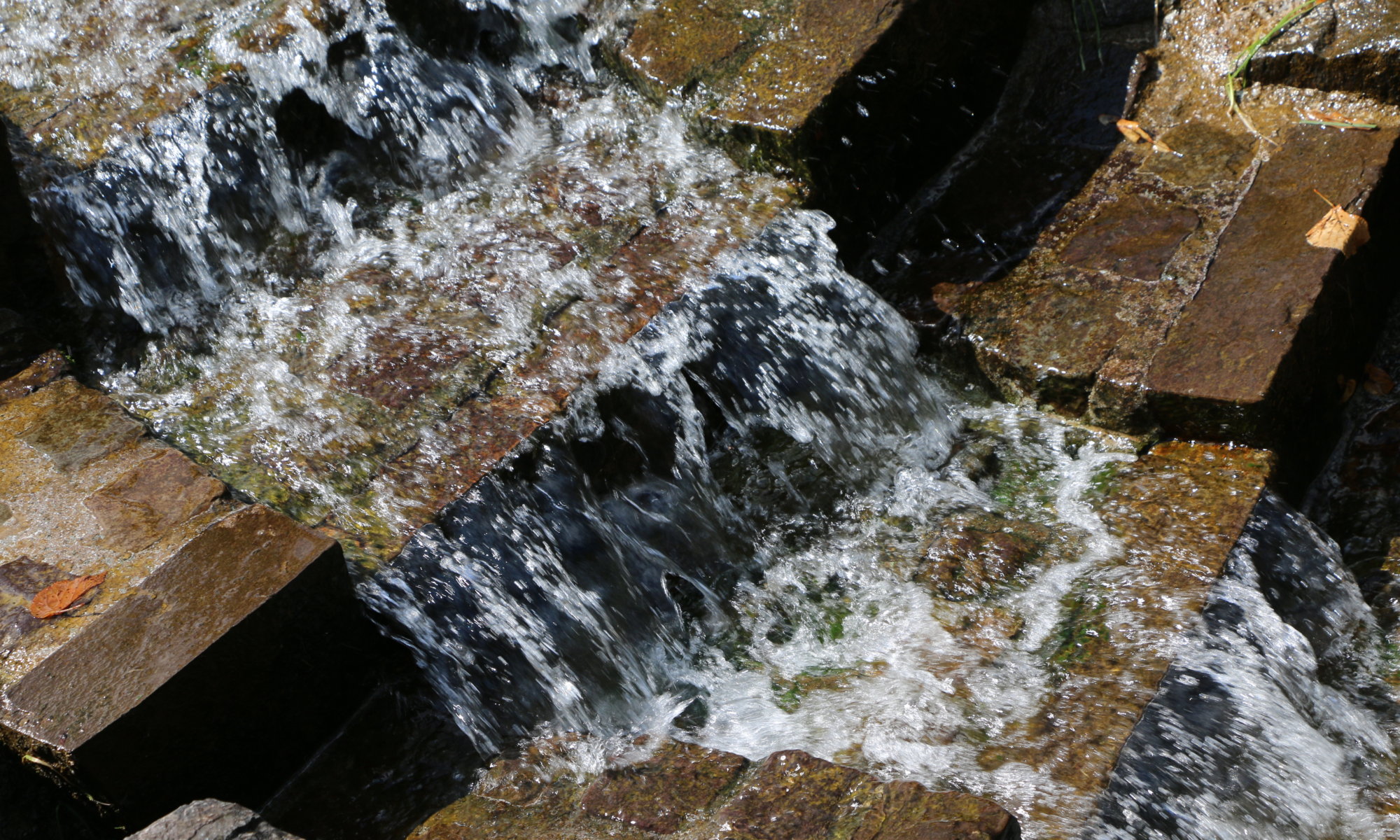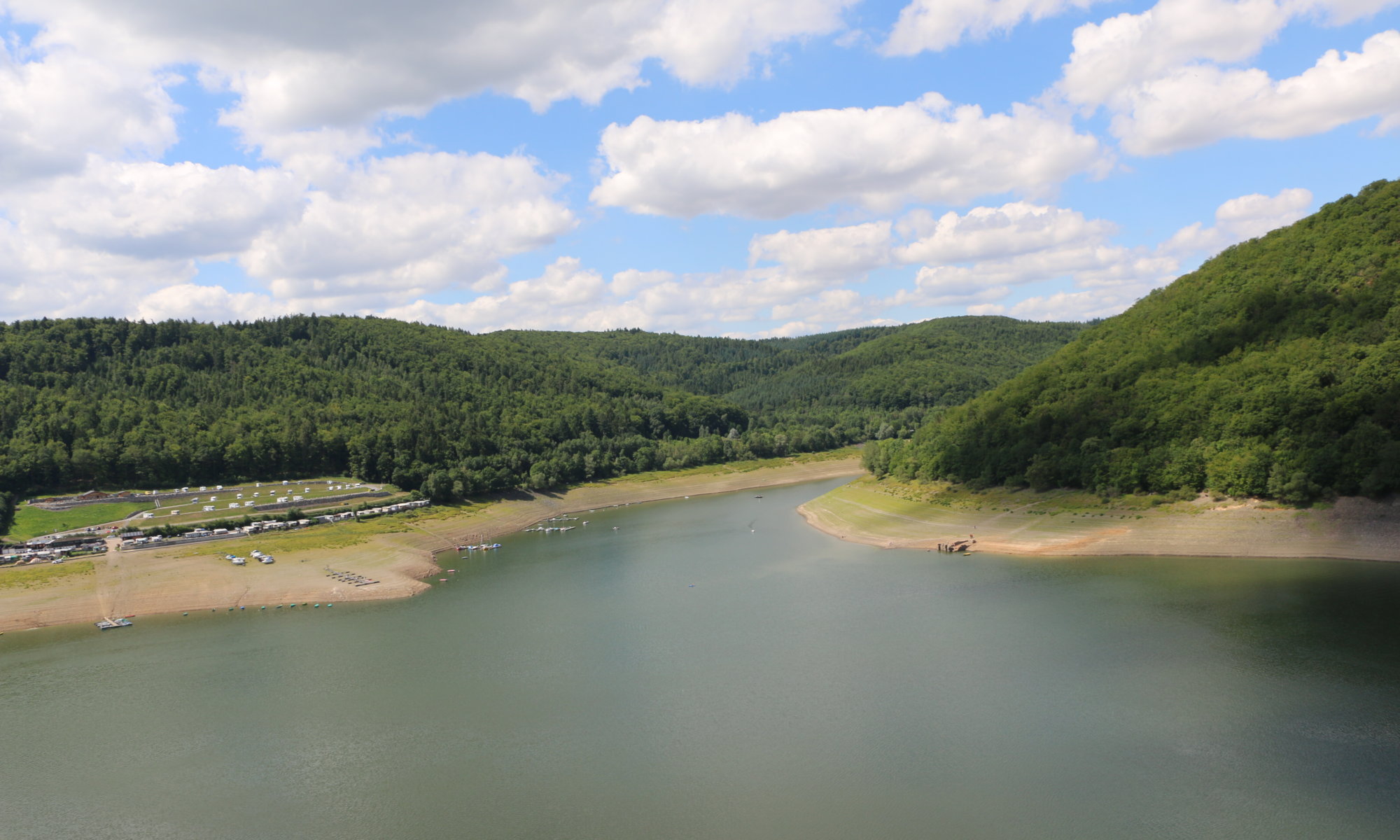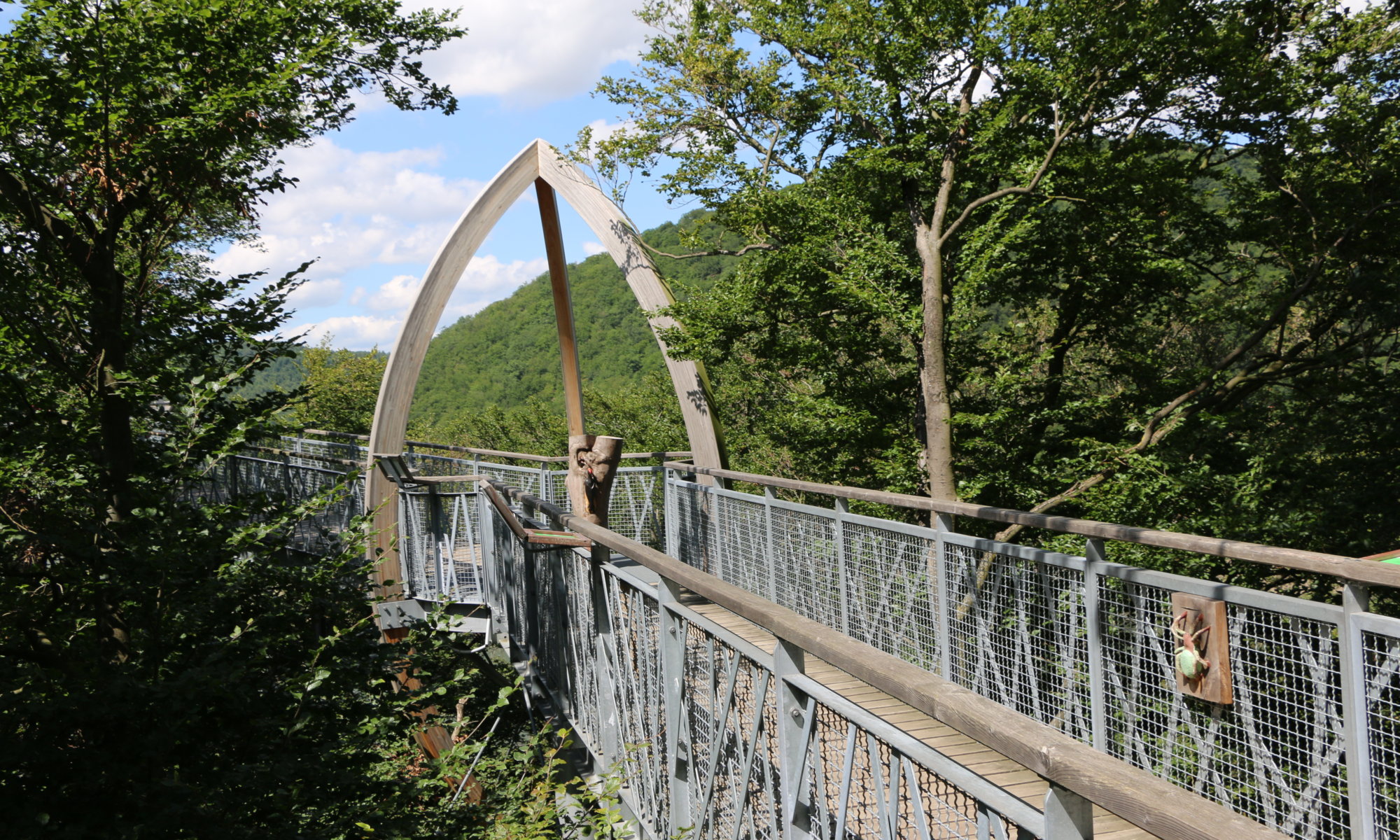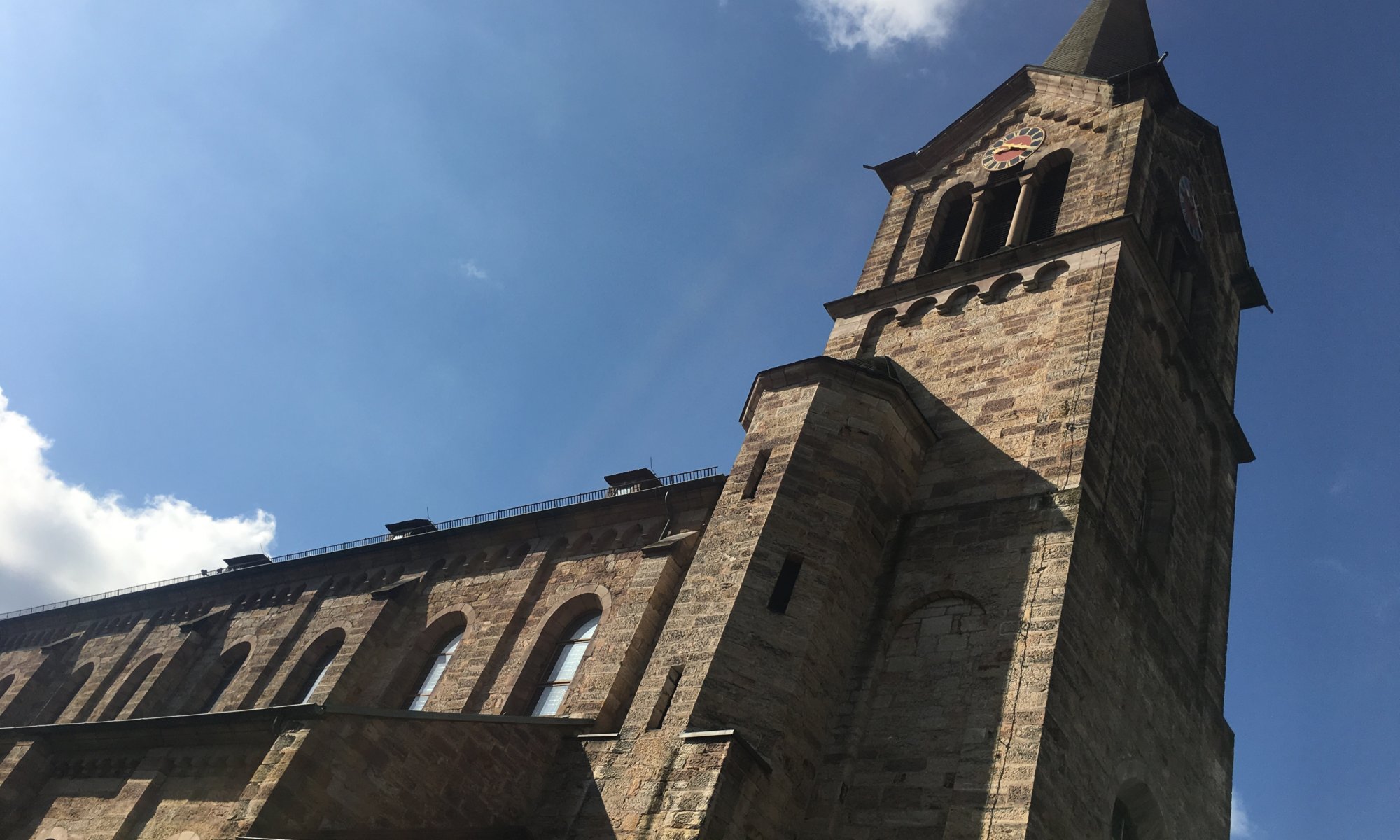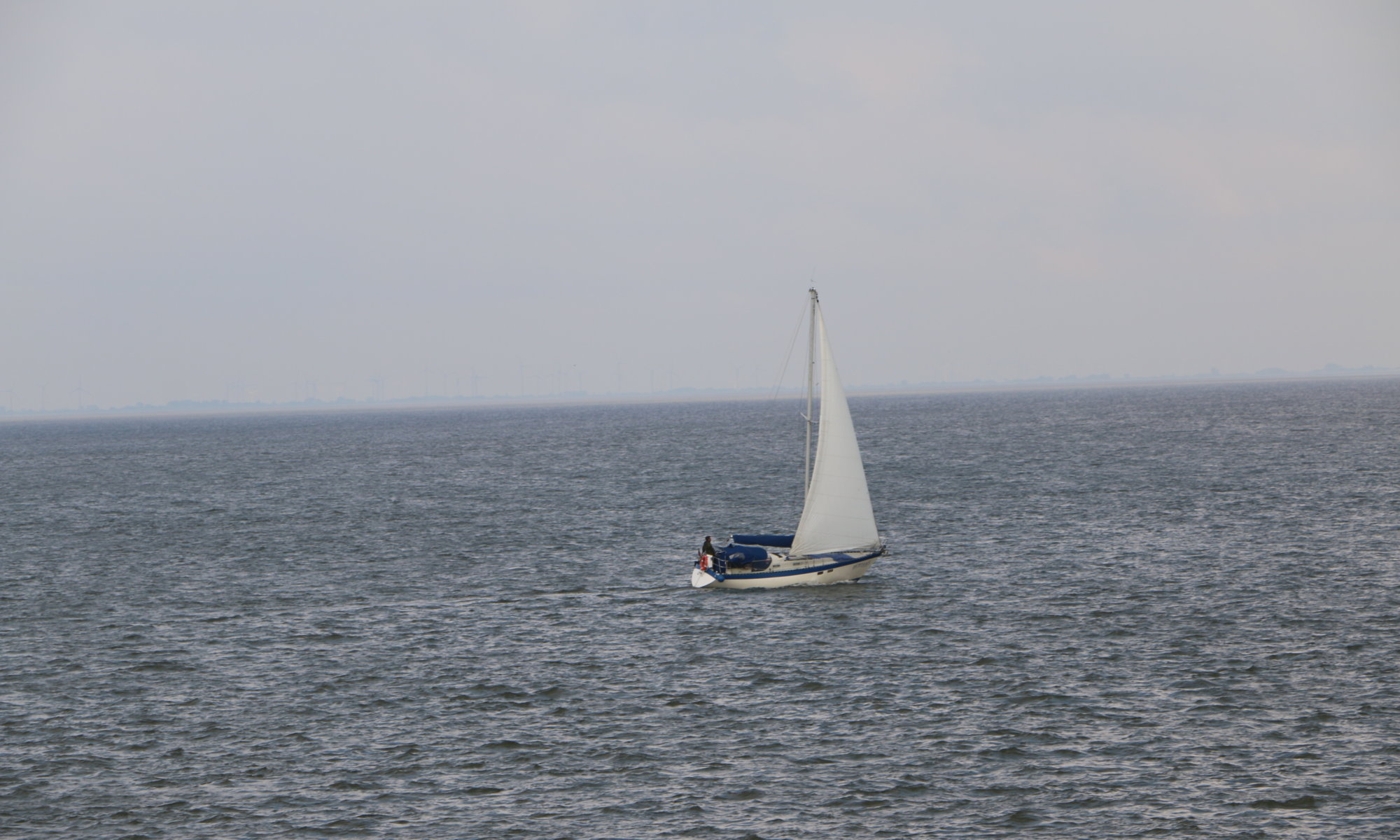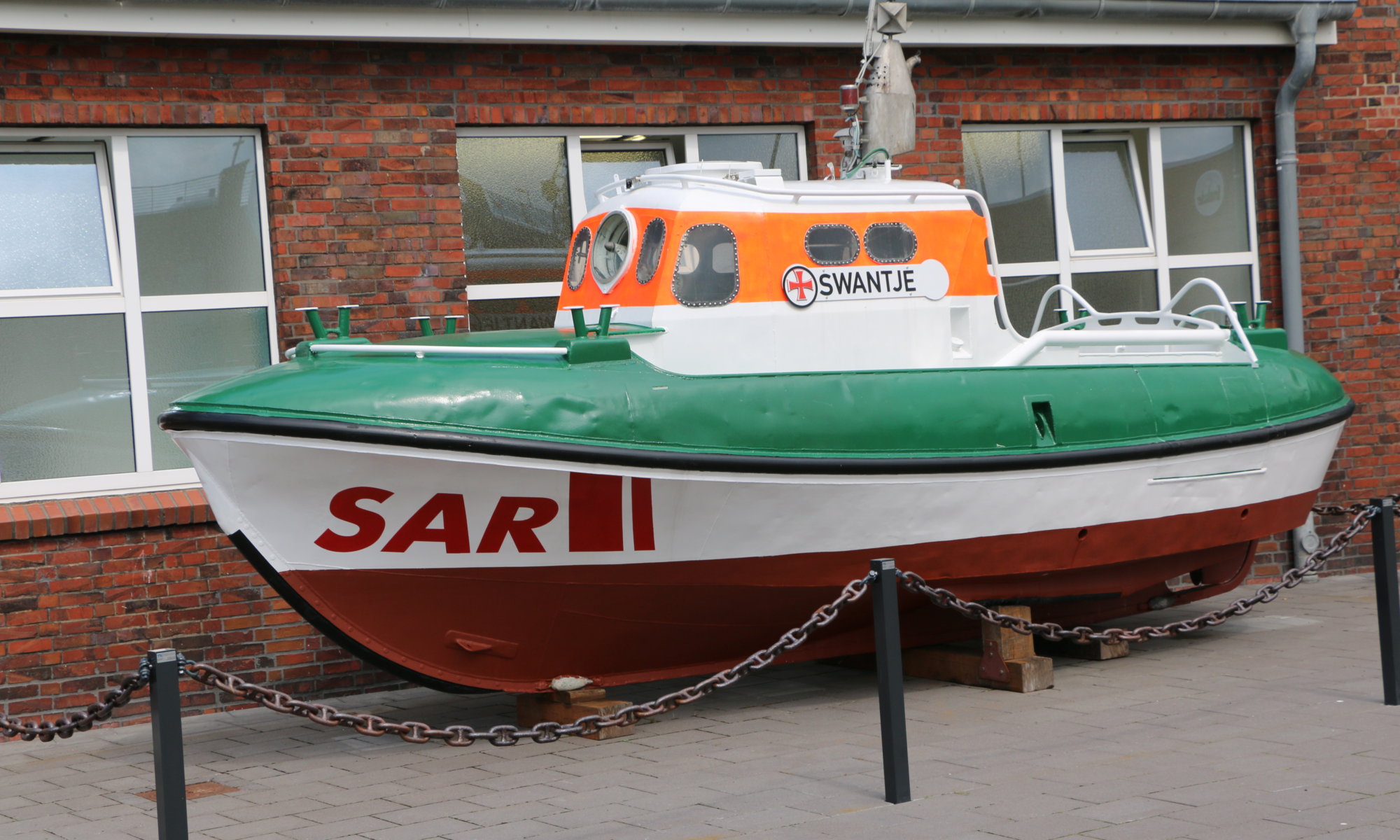The Starnberger See is Germany’s fifth largest lake and located 25 kilometers south of München, Germany. Because of its depth it is the German lake with the second largest amount of water after the Lake Constance („Bodensee“). Until 1962 it was called Würmsee but was than renamed after the main city at the lake because Starnberg was the entry point for visitors from München and people began to call it like that after the railway to Starnberg was built.
Continue reading “Starnberger See”A journey to Legoland
Legoland Deutschland is a theme park in Günzburg, Germany close to Ulm. It was opened in 2002 and is one of the seven LEGO-themed parks around the world. People from northern Germany normally visit the first Legoland in Billund, Danmark – but as we where on vacation in München, Germany the German location was only 1.5 hours by car away. Continue reading “A journey to Legoland”
documenta 14
The documenta is one of the biggest exhibitions for contemporary art held every five years for 100 days in Kassel, Germany. At more than 30 locations indoor and outdoor you can discover art works and temporary restaurants and bars enhance the city. In 2017 the 14th documenta is held in Αθήνα, Greece and Kassel, Germany – the central exhibition hall Fridericianum is filled with exhibits from museums in Greece.
Continue reading “documenta 14”AquaPark
The AquaPark in the small village Hemfurth belonging to Edertal, Germany is a water playground next to the dam of the Edersee water reservoir. If you arrive at the village you’ll have to park your car in a large car park outside the village (for a small fee) and walk five minutes to the dam. There a fountain creates a small artificial river that cools down dogs and the feet of children. Continue reading “AquaPark”
The Edersee
The second largest water reservoir in Germany with a water surface of 11.8 squarekilometers can be found in the federal state of Hesse. The river Eder is stopped by a 48 meters high dam built between 1908 and 1914. It is used to supply the Mittellandkanal with water to assure that ships can transport goods from the Ruhrgebiet to Berlin, Germany. The area around the Edersee belongs to the natural reserve Kellerwald-Edersee which offers different opportunities to have a nice time. Continue reading “The Edersee”
Baumkronenweg
If you want to enjoy good views on the Edersee water reservoir – use the TreeTopWalk as a viewing platform. It is a metal walking path up into the treetops giving you also the opportunity to learn more about the forest and the animals living within. The TreeTopWalk is located directly at the Edersee in a region belonging to Edertal, Germany and the natural reserve Kellerwald-Edersee. Continue reading “Baumkronenweg”
New catholic church
In the year 1540 the reformation hit Hann. Münden, Germany and Elisabeth of Brandenburg, Duchess of Brunswick-Calenberg-Göttingen and Antonius Corvinius turned the former Catholic church St. Blasius into a Protestant one. At the end of the 18th century new Catholic citizens arrived to work for the military and the local industry – therefore a new Catholic church was needed. Continue reading “New catholic church”
A journey through desert and ice
If you’ve got no time or money for travelling around the globe – try the Klimahaus in Bremerhaven, Germany. It is a museum located in a futuristic building within the Havenwelten complex educating about the impact of humans on the planet. It was opened in 2009 by the Irish musician Bob Geldof. The biggest section is a journey along the 8th degree of longitude east, the other two areas are called perspectives and chances. Here you can for example learn how to reduce your personal carbon footprint. Continue reading “A journey through desert and ice”
Watching ships
In earlier days the families and friends of seamen went to the “Alte Liebe” (old love) near the harbour of Cuxhaven, Germany to welcome or say farewell to ships passing the rivermouth of the Elbe. Today this area – marked by the old lighthouse – is still a good place to watch ships. From 10 am to 7 pm the “Schiffsansagedienst” (ship announcement service) also tells you which ship is passing, where it comes from and where it is going to. Continue reading “Watching ships”
Windstärke 10
The “Windstärke 10” is a maritime museum in Cuxhaven, Germany – telling stories about the fishing industry and ship wrecks. It is located in a nice building close to the harbour but doesn’t contain too many exhibits. It has been created in 2013 as a combination of two former museums. The museum shows the problems of seafaring, you can learn about quotas for fishermen and their nets and knots. Continue reading “Windstärke 10”
